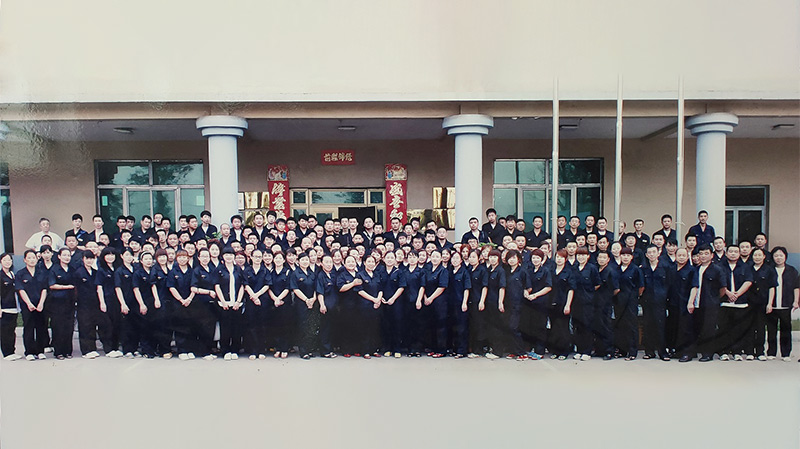
With advancing medical and scientific knowledge, researchers have more data, information and tools to decipher the cause for diseases. 2010;115(14):27312739. PWS patients tend to have aggressive behaviour, obsessivecompulsive characteristics, and psychiatric problems (Cassidy and Schwartz Citation1998; Swaab Citation2003). PWS can also occur even if chromosome #15 is inherited normally. It will open today at 3:00PM. 2016; doi:10.1038/nrneurol.2016.133. Here, we compare and discuss the mechanisms, pathophysiology, clinical features, and management of the two imprinting disorders, PWS and AS. This is yet another gene located in the PWS region, the loss of which can cause hyperphagia. Figure 10. 7th ed. Zitelli BJ, et al. The PWS/AS pathway was constructed using PathVisio software (version 3.2.4) (van Iersel etal. The completed pathway was labelled for species Homo sapiens and uploaded to WikiPathways using the WikiPathways plugin of PathVisio, and is now openly available http://www.wikipathways.org/instance/WP3998 (Pico etal. 8600 Rockville Pike Wheeler AC, et al. Your cells typically use information from both copies, but in a small number of genes, only one copy is active. Cassidy and Schwartz (1998) provided a similar review of both Prader-Willi syndrome and Angelman syndrome. This latter development happens in 70% of PWS cases. Angelman syndrome can result when a baby inherits both copies of a section of chromosome #15 from the father (rather than1 from the mother and1 from the father). Citation2010). At the top, the different genes that are involved in PWS and AS are mapped. A decrease in POMC, oxytocin and BDNF processing would be responsible for hyperphagia and body weight aberrations. Babies born with PWS have poor muscle tone and a weak cry. People with Angelman syndrome (AS) have an unusual facial appearance, short stature,severe intellectual disability with a lack of speech, stiff arm movements, and a spastic, uncoordinated walk. BBS4 is thought to interact with the dynein microtubule-based molecular motor, in order to transport the scaffold protein PCM1 to centrosomal satellites, which enables the formation of the centrosomal microtubule organising centre. The molecular pathway constructed for UBE3A, a protein responsible for ubiquitination and therefore targeted degradation of other proteins, is actually a pathway described in such detail only in cancer cell model systems as this gene is mainly involved in regulation of cell cycle. The hormone processing furthermore seems to undergo a switch from early childhood (with low appetite) to later childhood (with high appetite), possibly due to ghrelin modifications (Beauloye etal. Both disorders can result from microdeletion, uniparental disomy, or an . Jan. 20, 2020. Consult your healthcare provider or genetic counselor for more information on uniparental disomy. Angelman syndrome. General information on PWS and AS, the involved genes and their molecular interactions was obtained through literature research using PubMed. and transmitted securely. (Citation2017). For both syndromes, we identified and visualised molecular downstream pathways of the deleted genes that could give insight on the development of the clinical features. As E2F1 is also present at the top of the pathway, this reaction contains a feedback system. Prader Willi and Angelman Syndromes | AACC.org Lethargy, with decreased arousal and weak cry, are also prominent, leading to the necessity to wake the child to feed.
 what secret did landry's mother tell the pope
what secret did landry's mother tell the pope
 when do angela and hodgins get back together
when do angela and hodgins get back together
 kentucky bourbon festival tickets
kentucky bourbon festival tickets